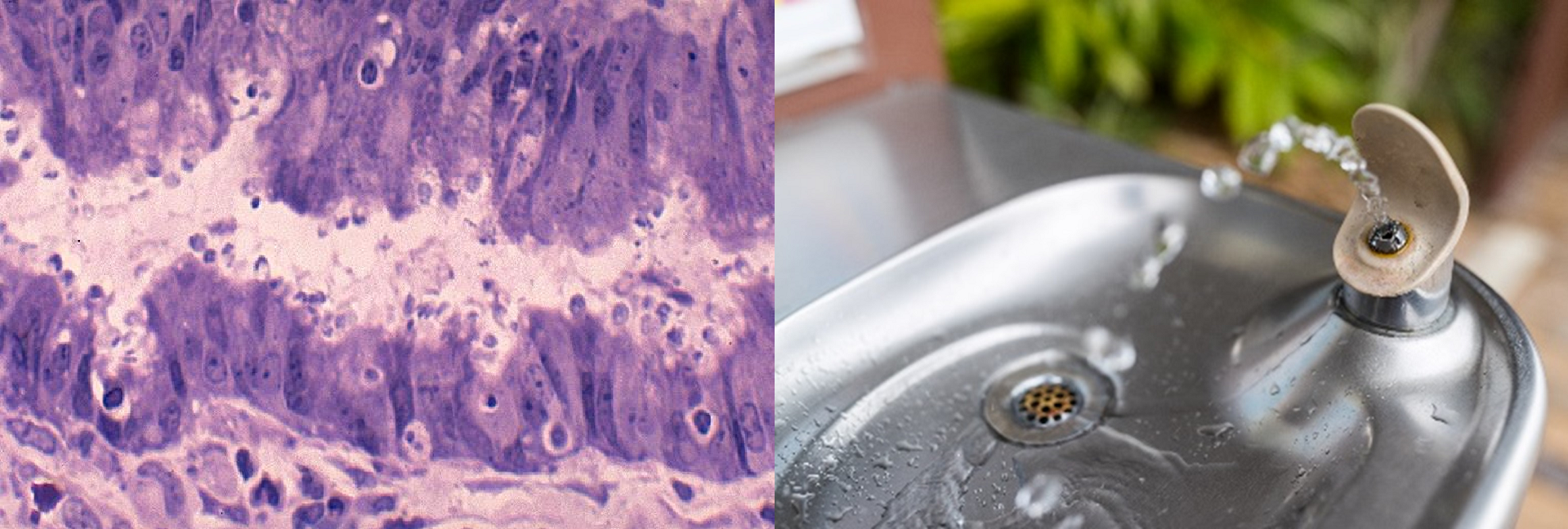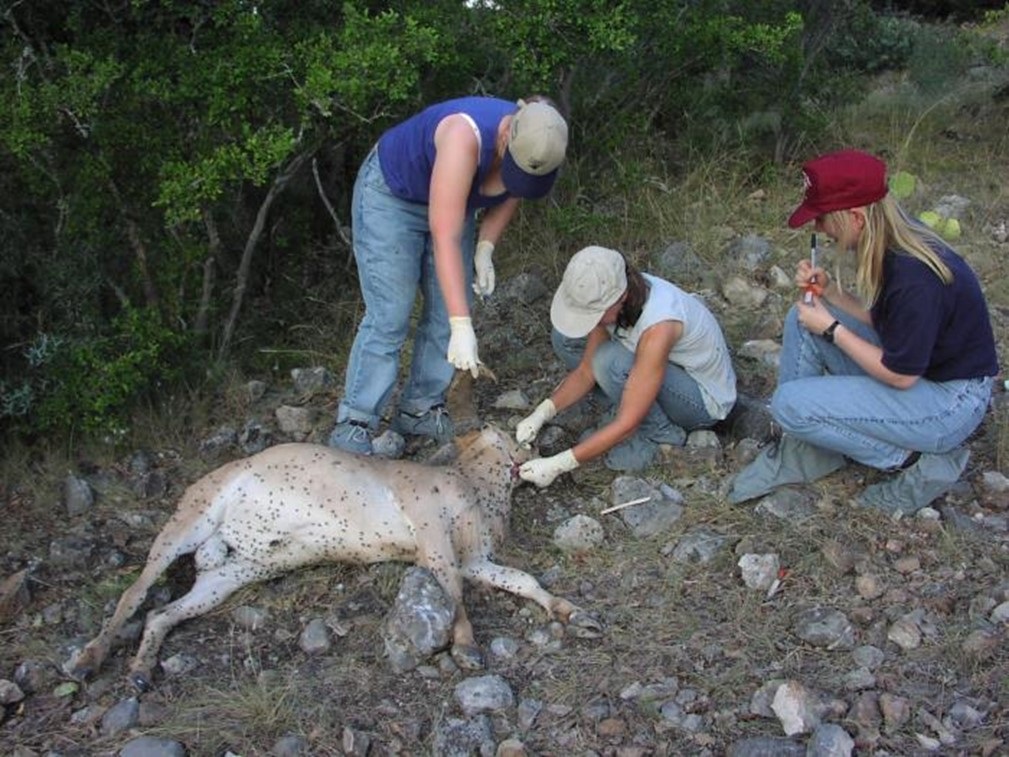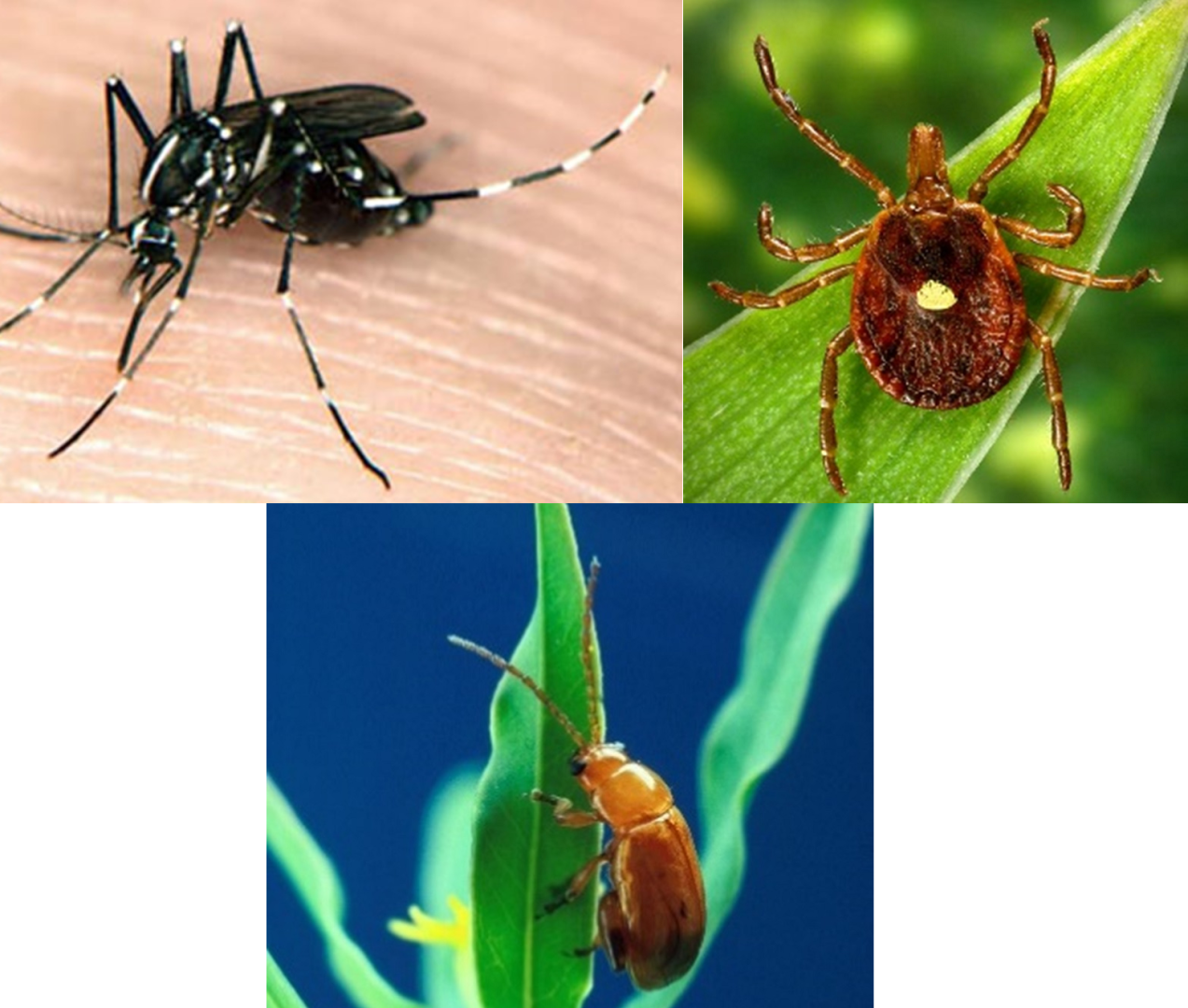Controlling the spread of the disease may require measures beyond the prevention of disease spread from person-to-person, and can include treating the environment and/or reducing access to contaminated food, water, and/or non-human reservoirs. Thus, responders will need to understand the biological agent’s ability to persist in these environments to identify and adopt effective source control methods.
3.3.1 Water Systems
Utility level water sources have strong source water protection, disinfection, filtration, and water quality monitoring processes and procedures. Utilities often can shut off their systems, or portions thereof, immediately after notification of a problem to help limit the spread of contaminants. In addition, drinking water advisories (e.g., Do-Not-Use) can protect the public from illness caused by biological agents within public water systems (refer to KPF 2: Communicate with External Partners and the Public for more information on communicating with the public). In fact, Do-Not-Use orders and alternate or emergency water supplies are a core part of local emergency planning in most areas of the U.S., allowing for the protection of public safety while experts engage in characterizing the biological threat.
Many safeguards in place today for water systems are the result of lessons learned from the contamination of the Milwaukee, Wisconsin water system with Cryptosporidium in 1993. The chlorine-tolerant parasite caused the largest documented waterborne disease outbreak in U.S. history, sickening over 400,000 residents, killing 69 people, and prompting a 10-day boil water advisory that disrupted normal life in the community.59

3.3.2 Environmental Persistence
Containing or eliminating the source of the biological incident from the environment may be necessary as some biological agents can persist in the environment and can cause disease at some later time. The persistence of a biological agent in the environment is affected by many factors, including temperature, exposure to ultraviolet light, humidity, and the pH of water and soil. Some pathogens (e.g., plague bacteria) persist for only a short of amount of time, while others pose long-term remediation challenges (e.g., anthrax spores).61 In addition, environmental contamination may spread if the agent is tracked or distributed to new locations beyond the initial incident site by the movement of vehicles, people, or animals/vectors. Monitoring the ongoing presence and viability of a biological agent within the affected area may be challenging due to differences in biological agent characteristics, sample collection methods required (e.g., for air, water, soil, surfaces, etc.), specific testing availability, and testing laboratory capacity.
3.3.3 Wildlife Reservoirs
Defining the role played by wildlife in disease transmission of a biological agent, if any, is important for evaluating management options. For some pathogens, wild mammal and bird populations are likely to influence disease transmission in livestock and humans. When wild animal species interact or share an environment with domestic livestock or poultry, humans and agricultural animals can potentially be exposed to a pathogen carried by wildlife. Several approaches can be taken to control the spread of disease in animal populations, including the use of vaccines (where available) and NPIs. When a disease reservoir exists or has been created in wild animals, wildlife management and disease control measures may be necessary in some cases to reduce the risk of disease transmission to people, livestock, and/or companion animals. Wildlife containment can be difficult and may involve manipulation of the habitat by the addition of fencing, controlled burns, or changes to available water and vegetation (food). Wildlife populations may be managed by treatment, vaccination, dispersal, selective culling, depopulation, or other interventions altering human behavior and minimizing interaction with wildlife. Wildlife populations are also dynamic, including local and migratory animals that change over time, so ongoing assessment of disease risk is necessary.

3.3.4 Vector Reservoirs
Many diseases that affect humans and animals are spread by vectors such as mosquitoes, fleas, and ticks. Control of vector-borne disease spread can be challenging to achieve as these populations are difficult to contain and may travel large distances.63 In the U.S., vector control is primarily left to the discretion of county or municipal governments, and public health departments typically take the lead on vector control issues affecting human health. Local governments and mosquito control programs often use a combination of methods to control mosquitoes (integrated vector management)64 since insecticides and other chemical methods are often an inefficient means of controlling vector populations. Multiple applications are typically needed, improper use may contribute to vector resistance or reduce their effectiveness, and some can be harmful to humans and animals.65 The timing of insecticide application can also be important for interrupting disease transmission as evidenced by the WNV outbreak, wherein attempts to prevent human cases failed when insecticide applications were delayed.66

The public also can take steps to reduce mosquito populations and avoid exposure to ticks. Educational campaigns should be used to encourage the public to engage in source reduction activities that eliminate or remove the habitats that produce the vectors. For mosquitoes, source reduction often means reducing access to standing water where eggs would be laid and hatch; for ticks, it might mean keeping grass mowed.
What Will You Need to Know?
- Who has authority to shut down contaminated water systems?
- How is the decision made to issue drinking water advisories and alternate water supply guidance?
- Are healthcare facilities (including dialysis centers) and sterile reprocessing facilities prepared to address disruptions in potable water services?


